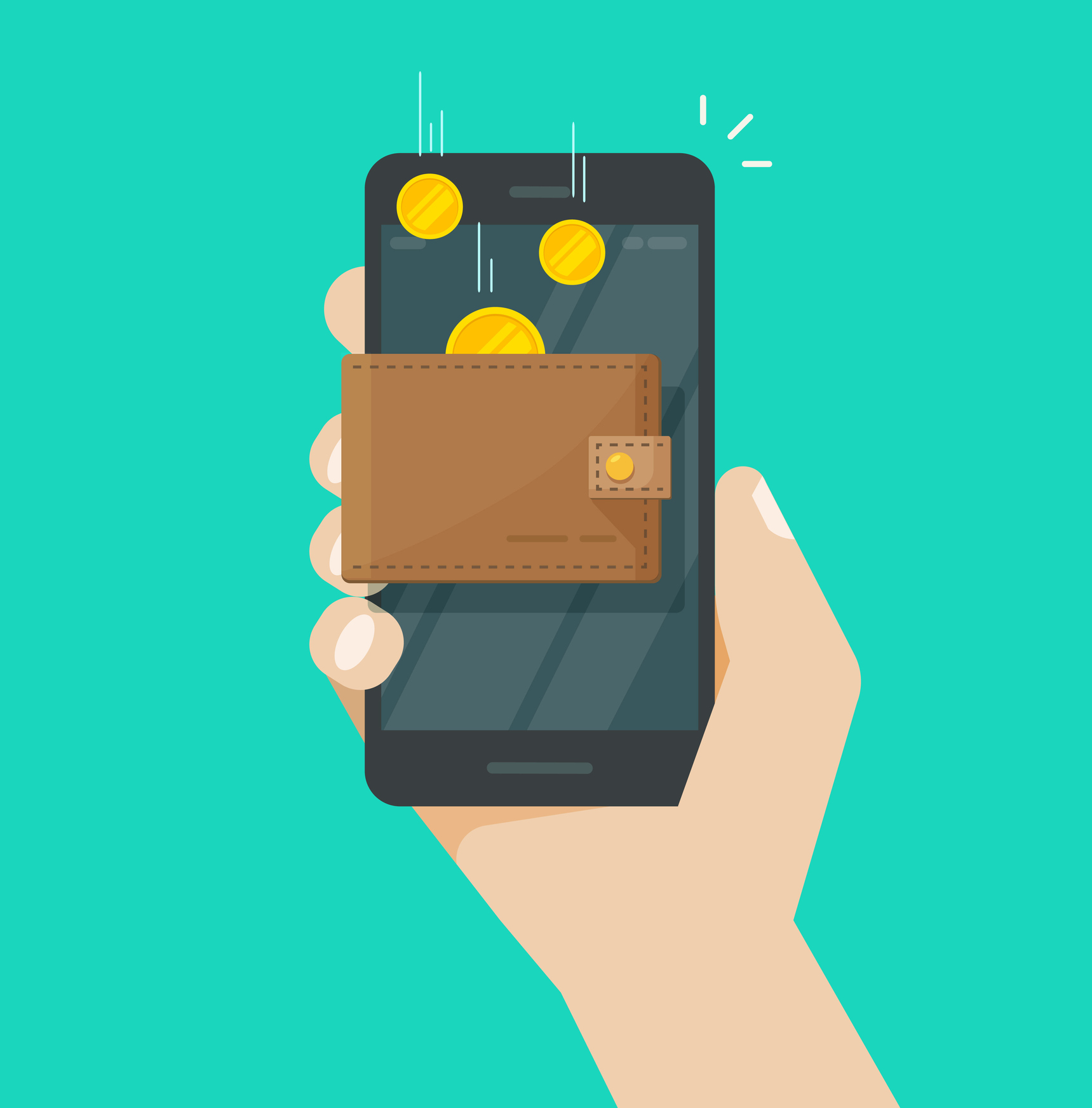
During our first live webinar broadcast we received a number of questions from the audience which we did not have time to answer during the broadcast. One of those questions was, can you clarify how the various ways for value to be exchanged between people or businesses work? You may be familiar with some of these value transfer products, Venmo, Zelle, PayPal, Google Pay Send (formerly Google Wallet), Square Cash (also known as CashApp), Apple Pay, Android Pay, and Facebook Messenger. These products compete with more traditional payment methods: cash, checks, ACH, credit card and wire transfers.
Generally, these new payment tools are designed to allow Person-to-Person (P2P) payments; some of the tools are beginning to include business transactions as well. So, how do these tools work? Here is an example: when you and your friends meet for dinner at your favorite spot, a P2P tool can make splitting the check easier. When the check arrives, one of you can pay it and the rest can reimburse that person using a P2P tool. This takes the worry out of having enough cash on hand for your share of the tab. These tools are often referred to as “new payment methods,” but, let’s look behind the scenes and see how much of what is happening is really new, and how to look at these transactions for suspicious activity.
With any payment, the sender of the funds needs to have a source for the payment, and the recipient needs to have a place to which the payment goes. In the case of a check, the sender (drawer) draws the funds from a demand deposit account at a financial institution and the recipient (payee) either converts the funds to cash (cashes the check) or deposits the check into an account and is given credit for the value of the check. These steps do not change substantially when the payment is electronic, whether it’s an ACH, a wire transfer or uses a P2P tool.
Let’s use Venmo as an example. Venmo is a digital payment network started in 2009 and currently owned by PayPal. The application, available for iOS (Apple) and Android mobile devices allows a user to make an electronic payment to another person. To establish a Venmo account, a user (User) downloads the app, provides certain personal information, including a bank account or debit/credit card[1]. The app verifies the account information and the user is set to go. When the User sends a payment (using our example, sends their part of the dinner bill to the friend who paid the check), the funds come from the account (either bank or debit/credit card) the User tied to their app, and go to the friend’s Venmo account. If the User’s tied account is a bank account, the payment to the friend is made by ACH; if the User’s tied account is a debit/credit card the transfer is charged to the card. When the funds arrive in the friend’s Venmo account, they can be retained there for use to make future payments or transferred to the User’s tied bank or debit card account[2]. Funds held in a Venmo account are not insured by the FDIC there is also no recourse via Venmo if the payment is intended for good or services that are not rendered. There are some variations among the P2P tools, but at a high level our example describes the transaction flow.
As you can see from the example, these transactions do not involve cash; they do however present potential paths for fraud and money laundering. As with other transactions the key to detecting suspicious activity is to identify activity that is outside the expected pattern for a customer or just don’t make sense. Some things to watch for include:
- Many round dollar transactions that do not make sense for the customer
- Transactions with businesses that are outside the limitations of the P2P tool’s terms of service[3]
- User accounts in the P2P tool are funded with a stolen credit card
- Transactions are different from prior cash or check transactions (e.g. if your customer used to pay the lawn service with a check and is now using a P2P tool, the transaction makes sense and aligns with expectations for the customer; if the transactions are with new counterparties additional scrutiny may be in order).
The key is having your surveillance processes stay up to date with the payment methods being used through accounts at your institution. Have ongoing communication between your anti-fraud team, your AML compliance team and your in-house payment experts can help ensure that changes in the payment space are integrated into your surveillance methodologies.
[1] Debit cards are access devices which allow the hold to access funds from an account with financial institution or from a prepaid account with the provider of the card.
[2] While you can fund payments through Venmo with a credit card, you cannot transfer money from your Venmo account to a credit card.
[3] Each of the tools has specific limits on how they can be used.

